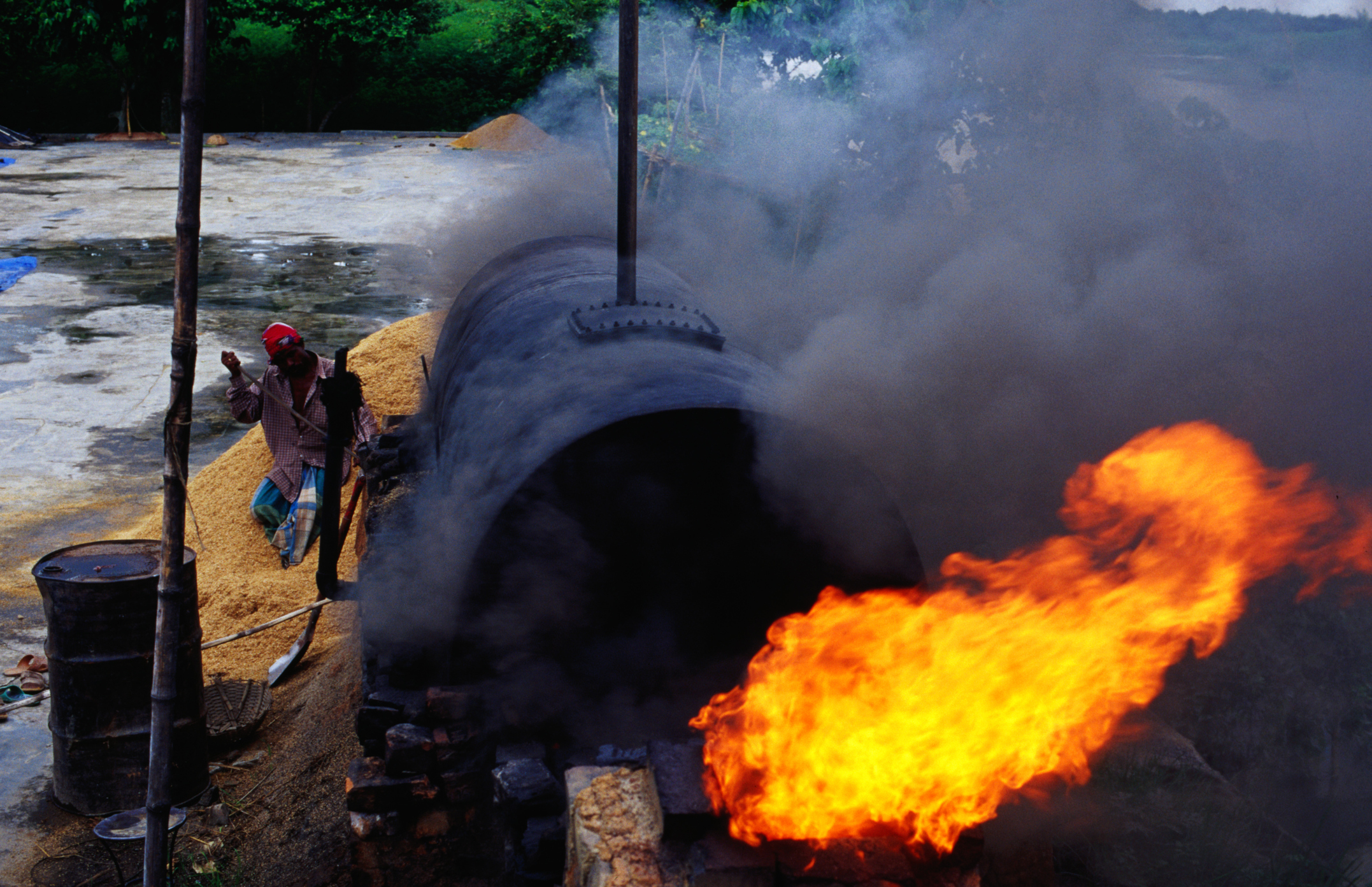Feature: Bangladesh shows how to connect the dots between climate, pollution and health
An interview with key researchers on a project in Bangladesh that evaluated the local air pollution and human health impacts of policies that help mitigate global climate change.

This article explores research in Bangladesh that evaluated the local air pollution and human health impacts of policies that help mitigate global climate change. This study – produced by a team of researchers at SEI, Bangladesh University of Engineering and Technology, University of Colorado, Duke University, George Washington University, and the UN Environment Programme – is the first to quantify the level public health benefits from the improved air quality that Bangladesh could achieve by implementing its Nationally Determined Contribution (NDC) to the goals of the Paris Agreement. The Bangladesh experience offers an example of how countries can do the same.
The work in Bangladesh used SEI’s Low Emissions Analysis Platform-Integrated Benefits Calculator (LEAP-IBC), which gives low- and middle-income countries a practical tool to evaluate the local air quality impacts of adopting policies that will contribute to the global aim of mitigating climate change. In this Q&A, two members of the research team – SEI Senior Research Fellow Chris Malley and Professor Tanvir Ahmed of Bangladesh University of Engineering and Technology – discuss the work and related insights.
For all media enquiries please contact:
Frances Dixon
frances.dixon@york.ac.uk
+44 (0) 7859147820
@fdisxonSEI
For all media enquiries please contact:

Frances Dixon
Communication Specialist
frances.dixon@york.ac.uk
+44 (0) 7859147820
fdisxonSEI
For all media enquiries please contact:
Frances Dixon
frances.dixon@york.ac.uk
+44 (0) 7859147820
@fdisxonSEI